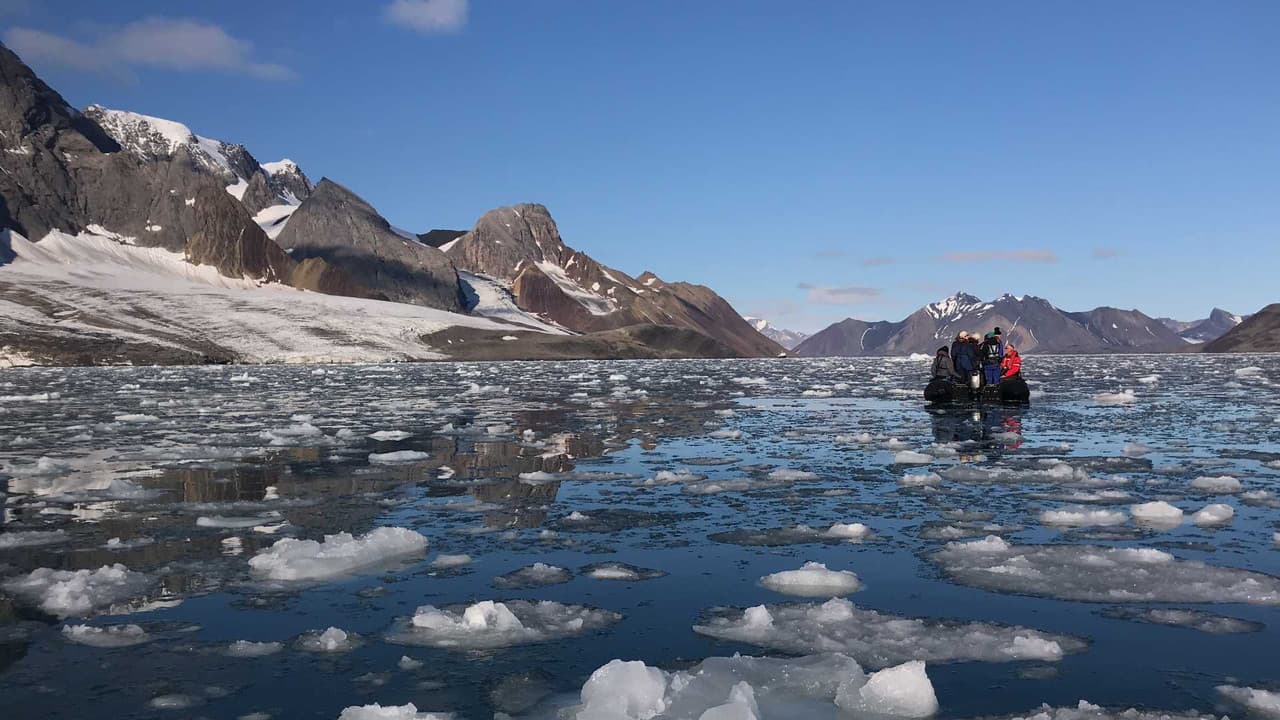Navigating the business landscape in Svalbard and Jan Mayen requires an understanding of the unique cultural context, which is heavily influenced by Norwegian norms and the international nature of the community in Svalbard. While Jan Mayen has a minimal permanent population focused on research and military activities, Svalbard hosts a diverse group of residents involved in research, tourism, mining, and administration. Business interactions here often blend professional directness with a strong emphasis on trust and reliability, shaped by the challenging Arctic environment and the close-knit nature of the community.
Success in this region hinges not just on understanding regulations but also on appreciating the local way of doing business. This includes recognizing the value placed on punctuality, clear communication, and building solid, long-term relationships. Adapting to these cultural nuances is key for fostering productive collaborations and ensuring smooth operations in 2025 and beyond.
Communication Styles in the Workplace
Communication in Svalbard's business environment tends to be direct and transparent, reflecting typical Norwegian communication preferences. While formality is respected, especially in initial interactions, communication often becomes more informal once a working relationship is established.
- Directness: Expect clear, concise messaging. People generally say what they mean, and ambiguity is avoided.
- Openness: There is often an expectation of open dialogue and a willingness to discuss issues frankly.
- Email and Digital Communication: Email is a primary method for formal communication and scheduling. Prompt responses are appreciated.
- Meetings: Meetings are typically well-structured with clear agendas. Punctuality is highly valued. Discussions are encouraged, but decisions are often made efficiently.
| Aspect | Typical Approach in Svalbard (influenced by Norwegian norms) |
|---|---|
| Directness | High; clear and explicit |
| Formality | Moderate; more formal initially, becoming less so over time |
| Tone | Professional, often understated |
| Decision Making | Often collaborative or consensus-seeking |
| Feedback | Given directly, often constructive |
Business Negotiation Practices and Expectations
Business negotiations in Svalbard are generally conducted in a straightforward and pragmatic manner. The focus is typically on reaching a fair and mutually beneficial agreement based on facts and logic rather than aggressive tactics or elaborate persuasion.
- Fact-Based: Be prepared to present data and logical arguments to support your position.
- Transparency: Openness about terms and expectations is valued.
- Relationship Building: While direct, building trust and a good working relationship is important for long-term success.
- Decision-Making: Decisions may involve consultation with relevant parties within an organization, reflecting a less strictly hierarchical approach. Be patient as internal consensus may be sought.
- Punctuality: Being on time for meetings is crucial and shows respect.
Expect negotiations to proceed efficiently once trust is established. Avoid high-pressure tactics, as these are generally not well-received.
Hierarchical Structures and Their Impact on Workplace Dynamics
Workplace structures in Svalbard, mirroring Norwegian practices, tend to be relatively flat compared to many other cultures. While formal titles exist, interactions are often less bound by strict hierarchy.
- Egalitarianism: There is a strong sense of equality among colleagues, regardless of position.
- Accessibility: Leaders are often accessible and open to input from employees at all levels.
- Collaboration: Teamwork and collaboration are emphasized. Employees are often empowered to take initiative and contribute ideas.
- Decision-Making: While final decisions rest with management, input from teams and individuals is often sought and valued.
Understanding this flatter structure means that building relationships across different levels of an organization is important, and direct communication with managers is often expected and welcomed.
Holidays and Observances Affecting Business Operations
Business operations in Svalbard are affected by standard Norwegian public holidays. Many businesses, offices, and services will be closed or have reduced hours on these days. Planning around these dates is essential for scheduling meetings, deliveries, and other business activities in 2025.
| Date (2025) | Holiday | Impact on Business Operations |
|---|---|---|
| January 1 | New Year's Day | Major closures |
| April 17 | Maundy Thursday | Potential early closure/closures |
| April 18 | Good Friday | Major closures |
| April 20 | Easter Sunday | Major closures |
| April 21 | Easter Monday | Major closures |
| May 1 | Labour Day | Major closures |
| May 17 | Constitution Day | Major closures |
| May 29 | Ascension Day | Major closures |
| June 8 | Whit Sunday | Major closures |
| June 9 | Whit Monday | Major closures |
| December 25 | Christmas Day | Major closures |
| December 26 | Boxing Day | Major closures |
Note that some businesses may also close or have reduced hours during the week between Christmas and New Year's. Summer holidays (typically July) can also see reduced staffing in some sectors.
Cultural Norms Impacting Business Relationships
Building successful business relationships in Svalbard involves respecting local customs and demonstrating reliability and trustworthiness.
- Punctuality: Being on time for all appointments is critical. Lateness is generally seen as disrespectful.
- Trust: Relationships are built on trust, which is earned through consistent, reliable behavior and fulfilling commitments.
- Work-Life Balance: Norwegians, including those in Svalbard, value work-life balance. Avoid scheduling calls or meetings late in the evening or on weekends unless absolutely necessary.
- Modesty: Humility and understatement are often preferred over boasting or aggressive self-promotion.
- Environmental Awareness: Given the sensitive Arctic environment, demonstrating environmental responsibility is highly valued and can positively impact business relationships.
Understanding and respecting these cultural norms will significantly contribute to building strong, positive business relationships in Svalbard.
Employ top talent in Svalbard and Jan Mayen through our Employer of Record service
Book a call with our EOR experts to learn more about how we can help you in Svalbard and Jan Mayen







Book a call with our EOR experts to learn more about how we can help you in Svalbard and Jan Mayen.
Trusted by more than 1000 companies around the globe



